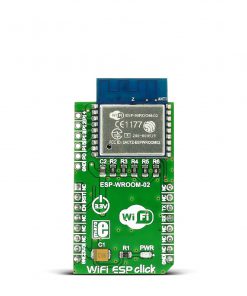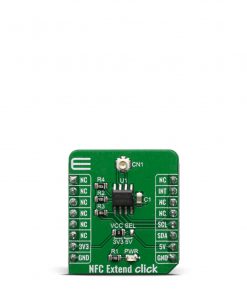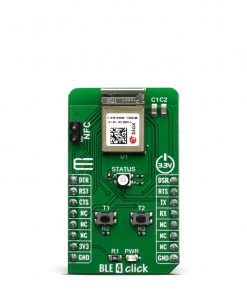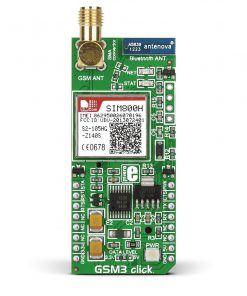UWB 2 Click
R1,500.00 ex. VAT
UWB 2 Click is a compact add-on board that brings Ultra-Wideband communication to any solution. This board features the DWM3000, an IEEE 802.15-z UWB transceiver module from Qorvo. This module fully aligns with FiRaTM PHY, MAC, and certification development. It uses an integrated UWB antenna to establish wireless communication in UWB channels 5 (6.5GHz) and 9 (8GHz). This Click board™ makes the perfect solution for developing precision real-time location systems (RTLS) using two-way ranging or TDoA schemes in various markets, location-aware wireless sensor networks (WSNs), and more.
UWB 2 Click is fully compatible with the mikroBUS™ socket and can be used on any host system supporting the mikroBUS™ standard. It comes with the mikroSDK open-source libraries, offering unparalleled flexibility for evaluation and customization. What sets this Click board™ apart is the groundbreaking ClickID feature, enabling your host system to seamlessly and automatically detect and identify this add-on board.
Stock: Lead-time applicable.
| 5+ | R1,425.00 |
| 10+ | R1,350.00 |
| 15+ | R1,275.00 |
| 20+ | R1,227.00 |


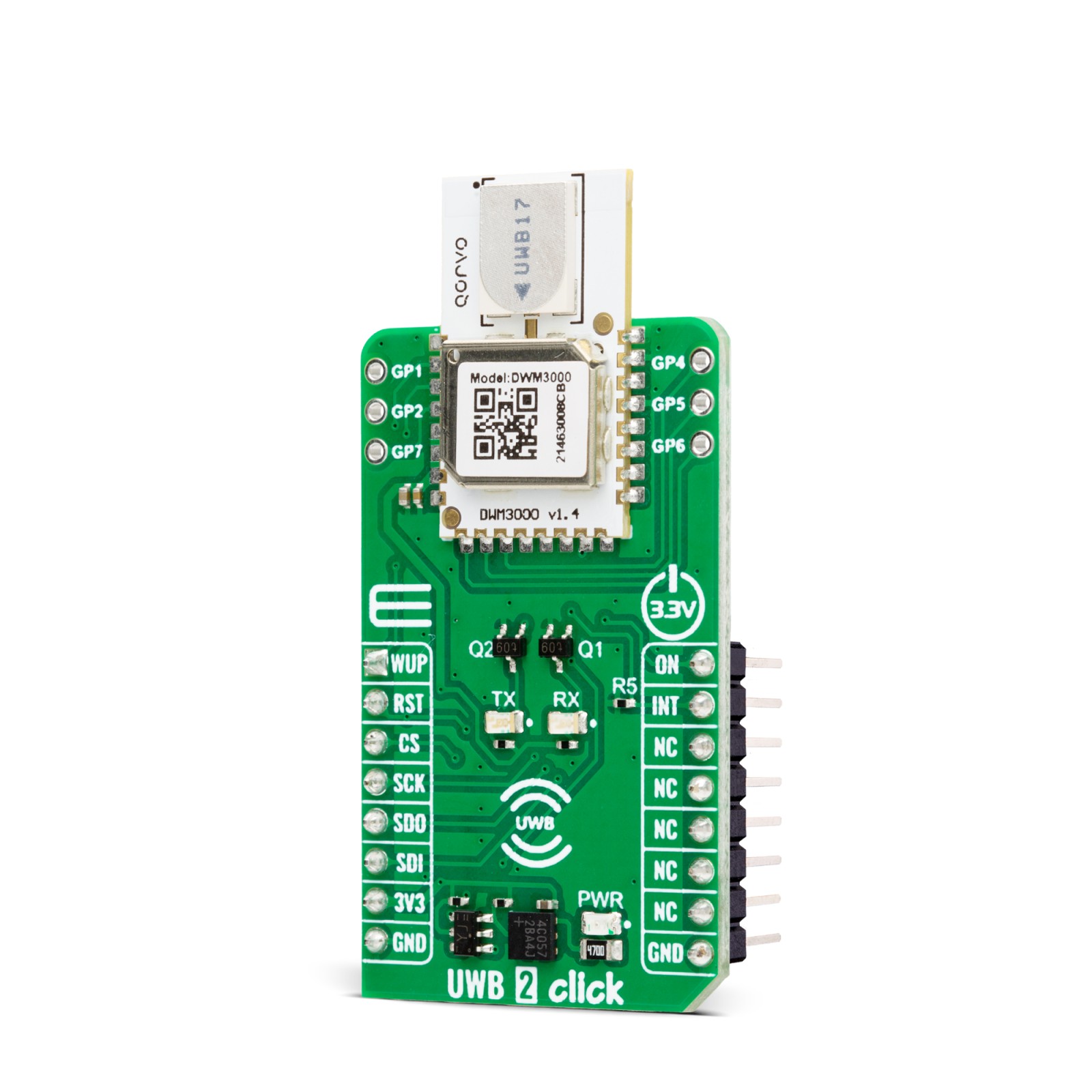
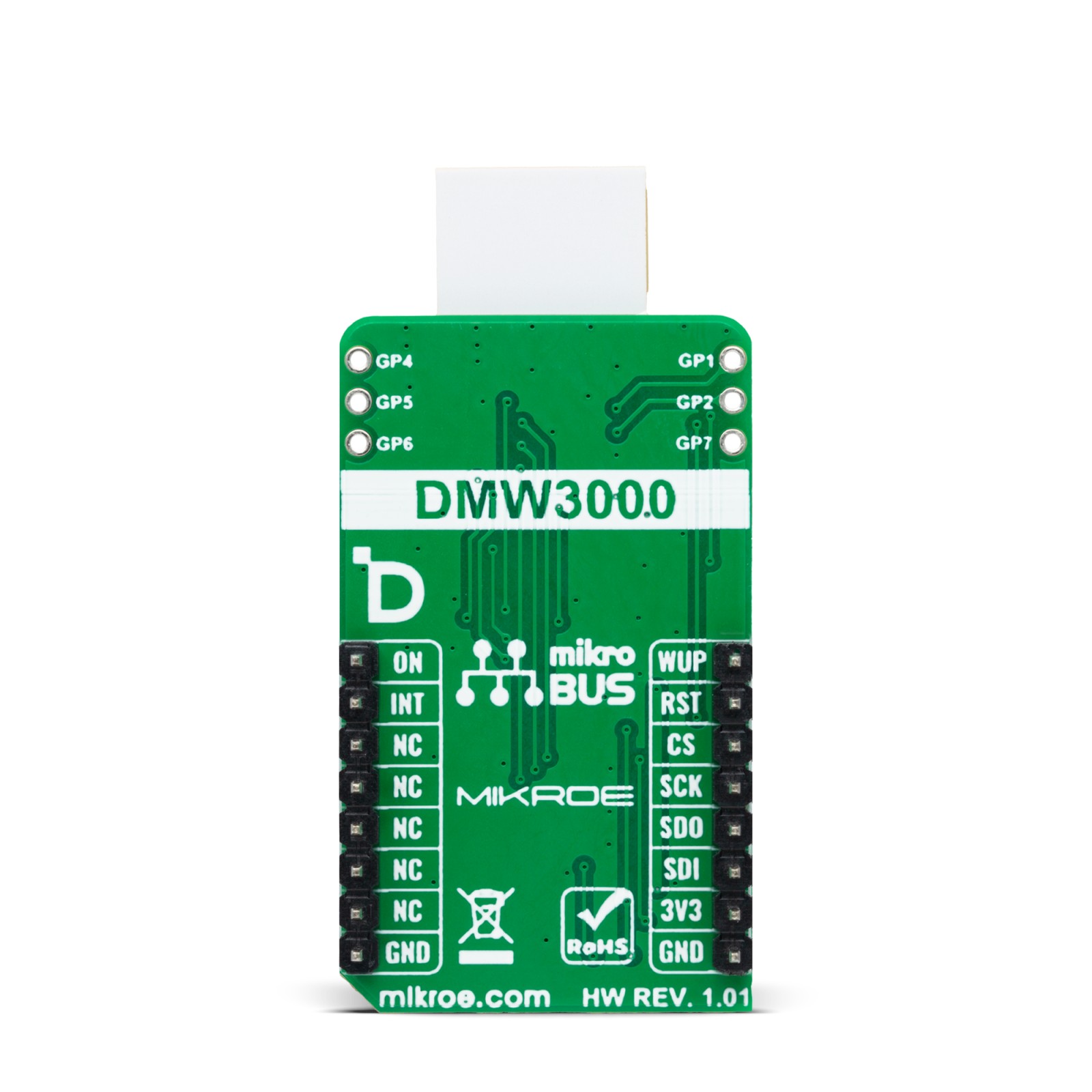
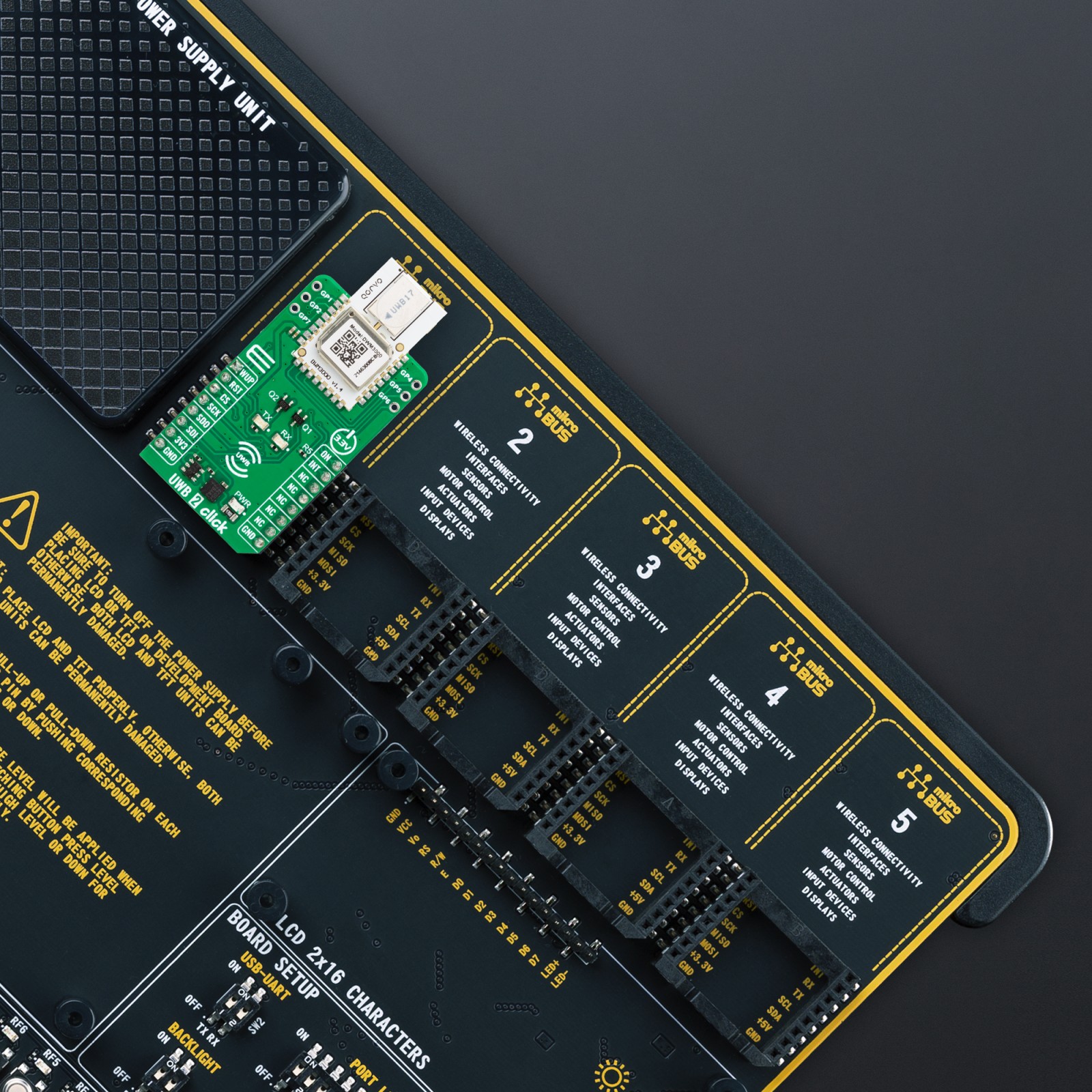
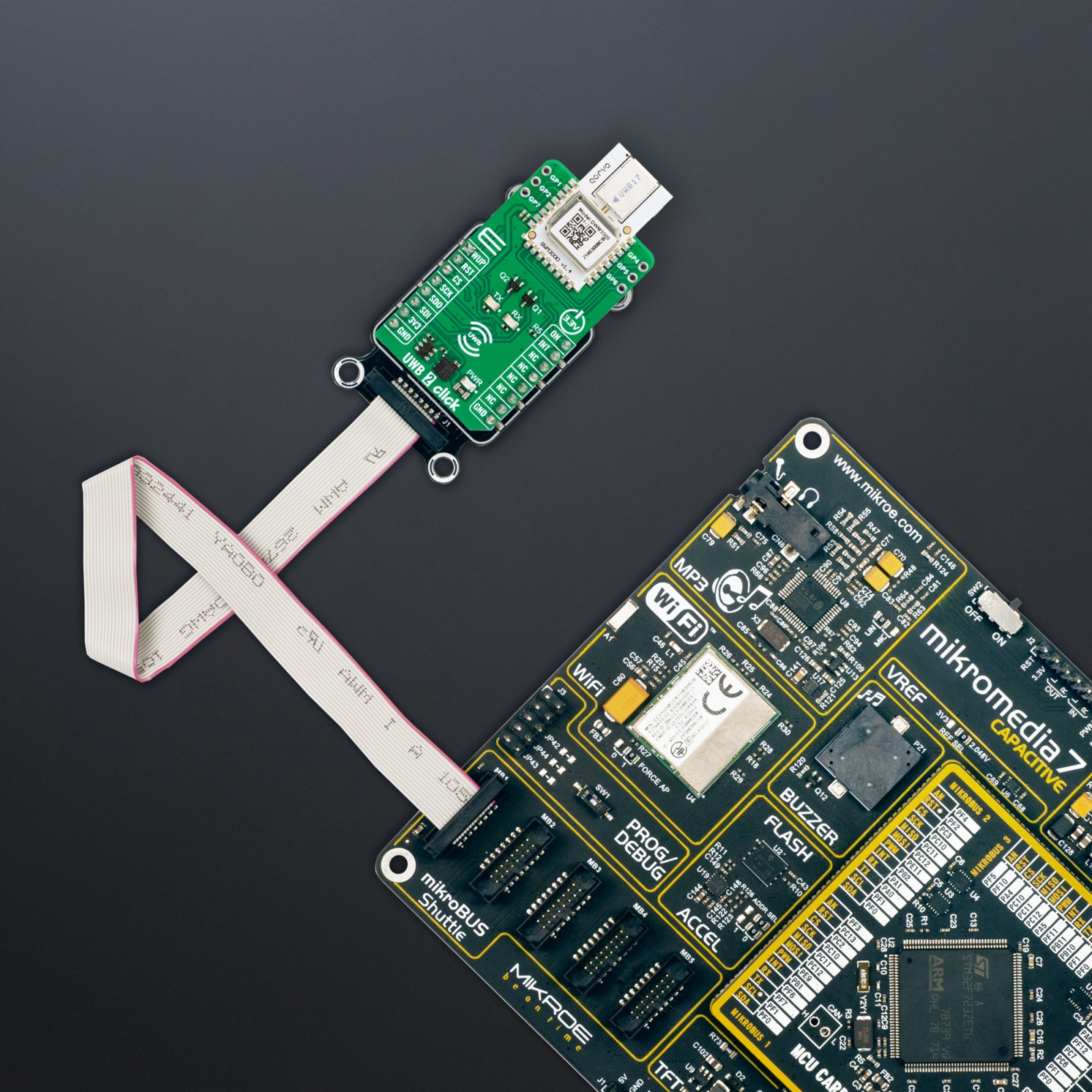
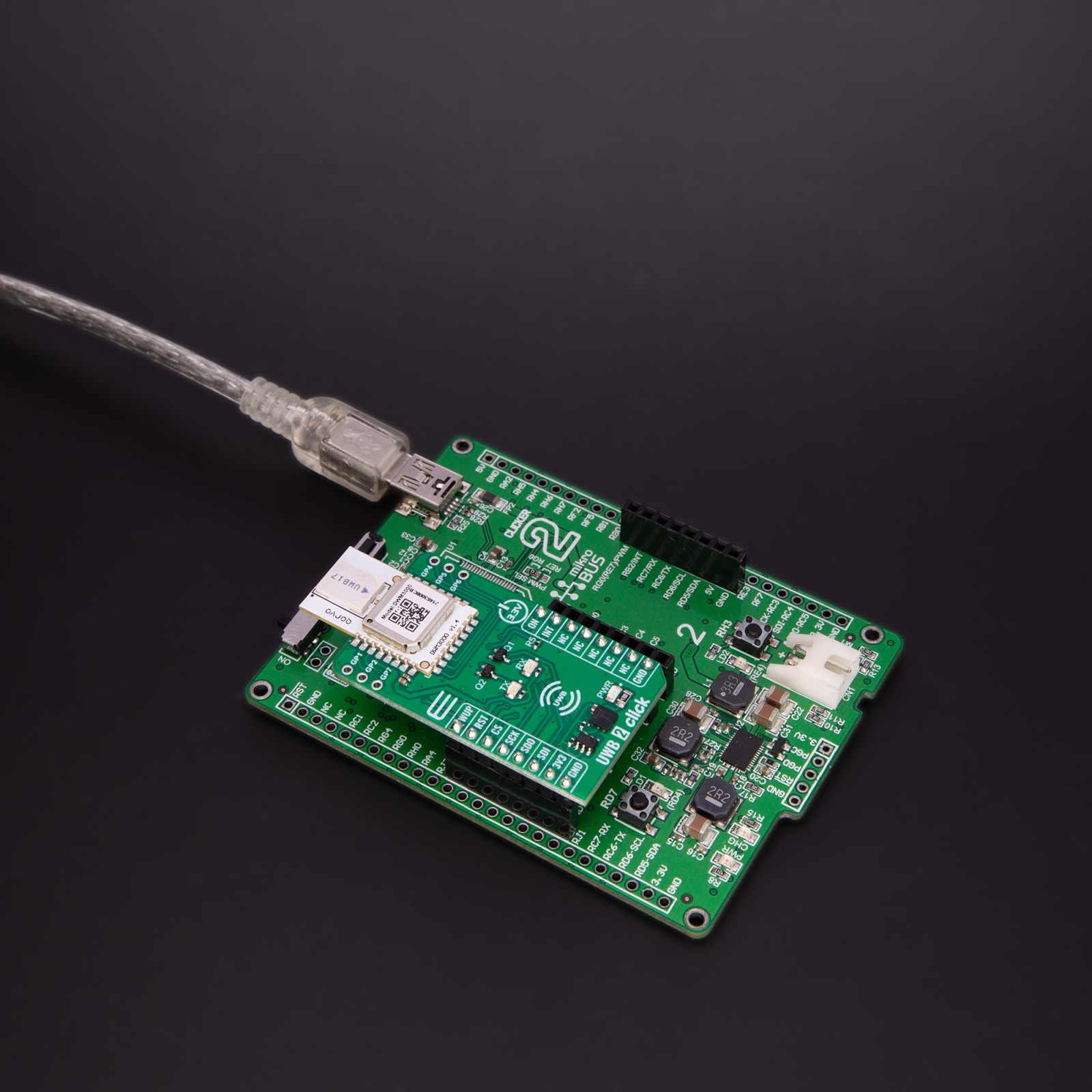
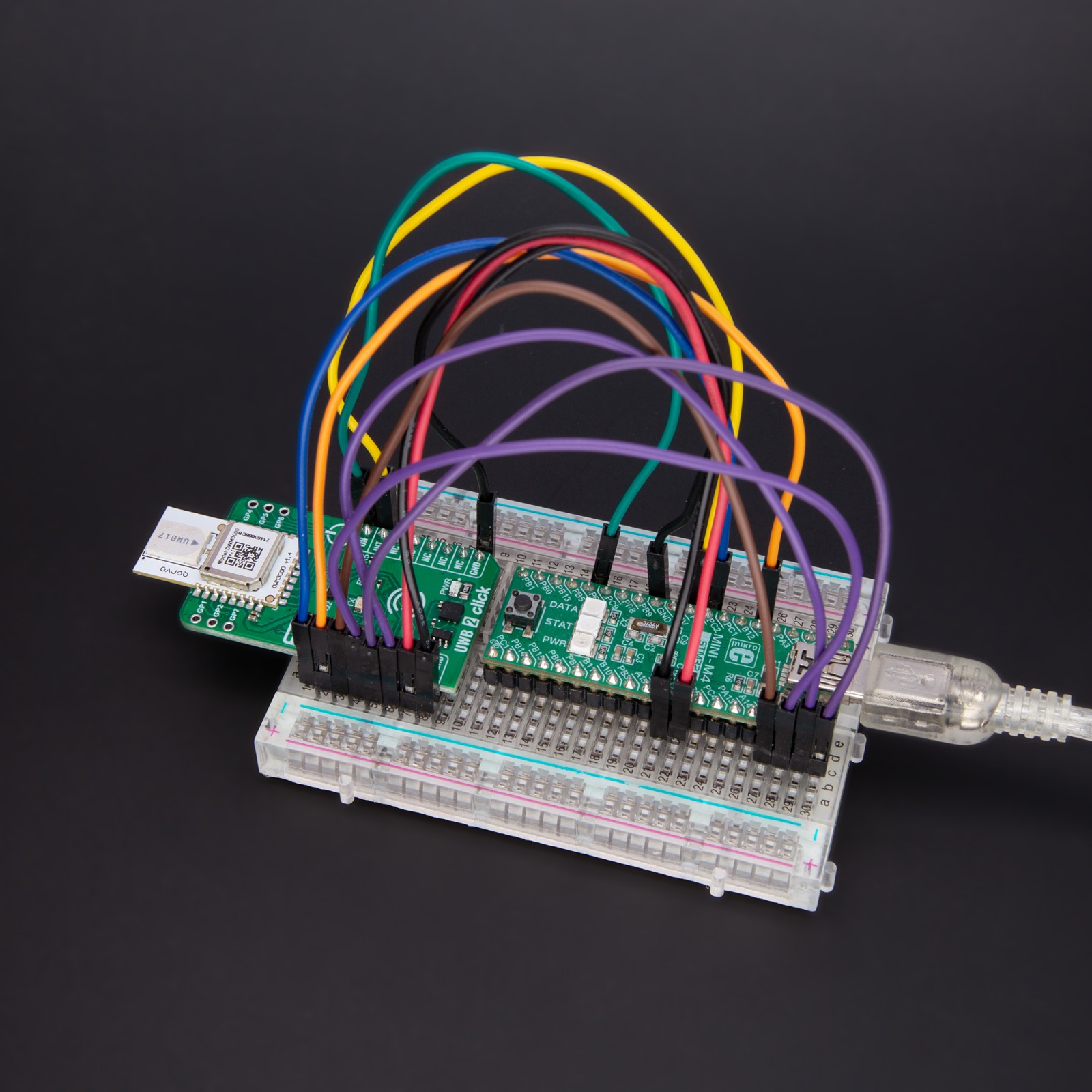


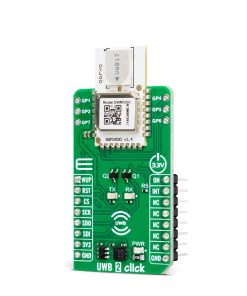

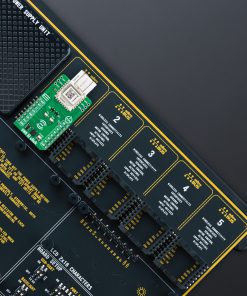
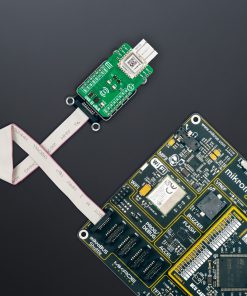
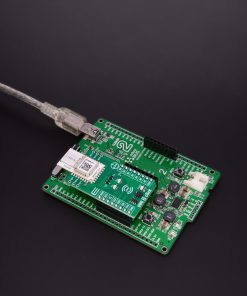
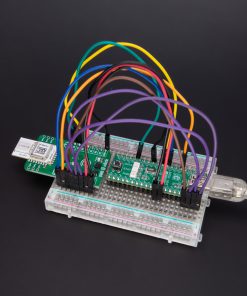
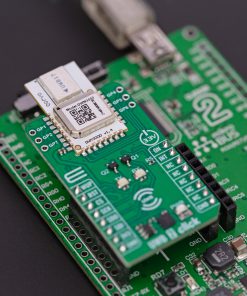
.jpg)


